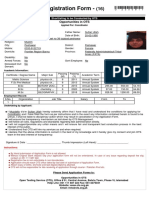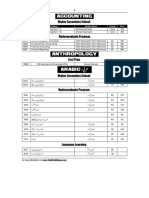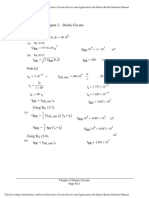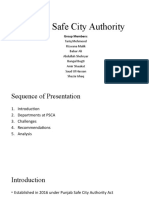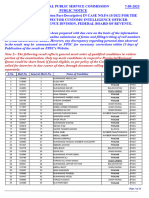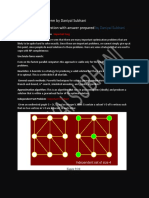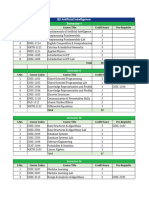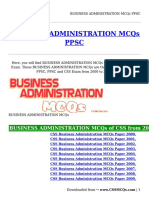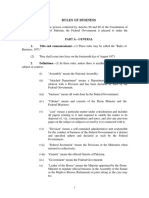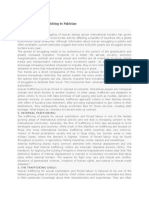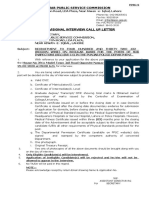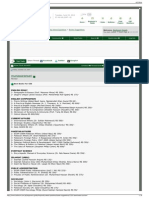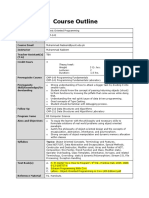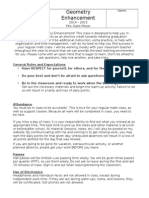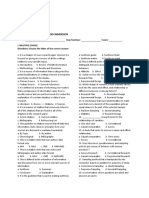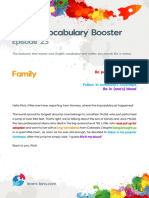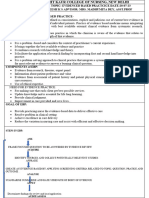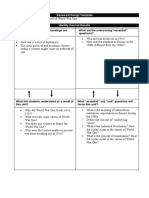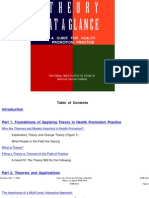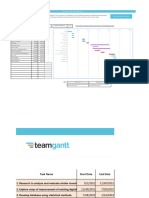0% found this document useful (0 votes)
311 views3 pagesOOP (CS-217) Course Outline Spring 2021 (BCS-2A)
FAST NUCES Object Oriented Programming - Course Outline
Uploaded by
Atta UllahCopyright
© © All Rights Reserved
We take content rights seriously. If you suspect this is your content, claim it here.
Available Formats
Download as PDF, TXT or read online on Scribd
0% found this document useful (0 votes)
311 views3 pagesOOP (CS-217) Course Outline Spring 2021 (BCS-2A)
FAST NUCES Object Oriented Programming - Course Outline
Uploaded by
Atta UllahCopyright
© © All Rights Reserved
We take content rights seriously. If you suspect this is your content, claim it here.
Available Formats
Download as PDF, TXT or read online on Scribd
/ 3
